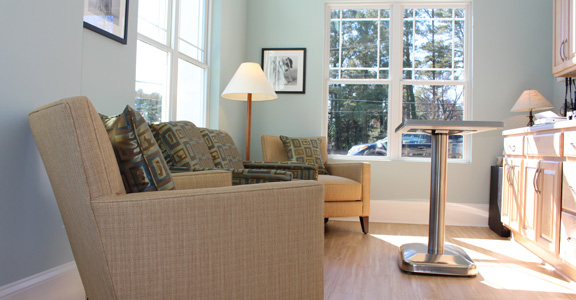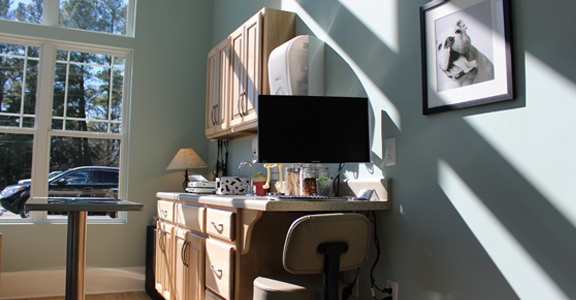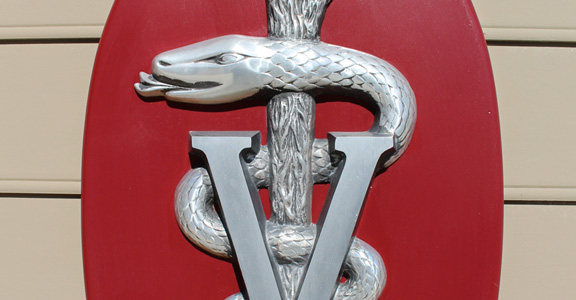
A trip to the veterinarian with your pet might include several tests and procedures. Items such as vaccinations, intestinal parasite tests, heartworm tests and annual blood work may all be involved. But in the push to get these tests and procedures accomplished, it is possible to overlook the value of the most important item of all: the physical examination.

A veterinary physical exam at North Hills Animal Hospital & Resort combines the work of both the veterinary technician and the veterinarian. The technician first speaks with the owner to obtain a history of how your pet has been doing generally at home and to discuss the items that are due for your pet at that time. The technician then obtains the following information for your pet:
- Weight
- Body condition (which measures how appropriate your pet’s weight is for its size)
- Dental health
- Temperature (normally between 100 and 102.5 Fahrenheit for a healthy dog or cat)
- Heart rate (normally 60 to 160 beats per minute for a dog, and 140 to 220 for a cat)
- Respiratory rate (normally 10 to 24 breaths per minute for a dog, and 20 to 30 for a cat)
- Mucus membrane color (gums and conjunctival tissue around eyes should be pink)
- Capillary refill time (when pressed with a finger, gums should blanch as blood flow is constricted and then turn pink again within 2 seconds after pressure is released)
The technician will also obtain any samples that might be needed for testing. Normally these samples consist of fecal material to check for evidence of intestinal parasites and blood to check for heartworms (in dogs), as well as for annual blood wellness testing at our lab. The technician then discusses the patient with the veterinarian, and remains in the exam room to help the vet perform her exam as well as to transcribe the medical record.
Next, the veterinarian performs her own examination. The veterinarian assesses the following:
- Body condition and overall muscularity
- Hair coat
- Skin condition
- Neurologic status
- Eyes
- Ears
- Dental health
- Mobility and range of motion in limbs
- Heart rate, rhythm and sound quality
- Lung sounds
- Abdominal organs (through palpation of the abdomen)
- External lymph nodes
- Pulse quality
That’s a lot of information from one test! The primary purpose of the veterinary physical examination is to assess the overall health of your pet. A side bonus is that the exam ensures your pet is sufficiently healthy to receive any vaccines that may be due. The exam drives the vaccines – it is not the other way around.
The last part of any examination is a discussion with the owner about the exam findings. North Hills schedules a full thirty minutes for an exam in order to provide sufficient time for a thorough discussion with the owner.

Want to ensure you are receiving the biggest bang for your buck in small animal medicine? Make sure your pet gets a thorough veterinary physical exam at least once a year.

